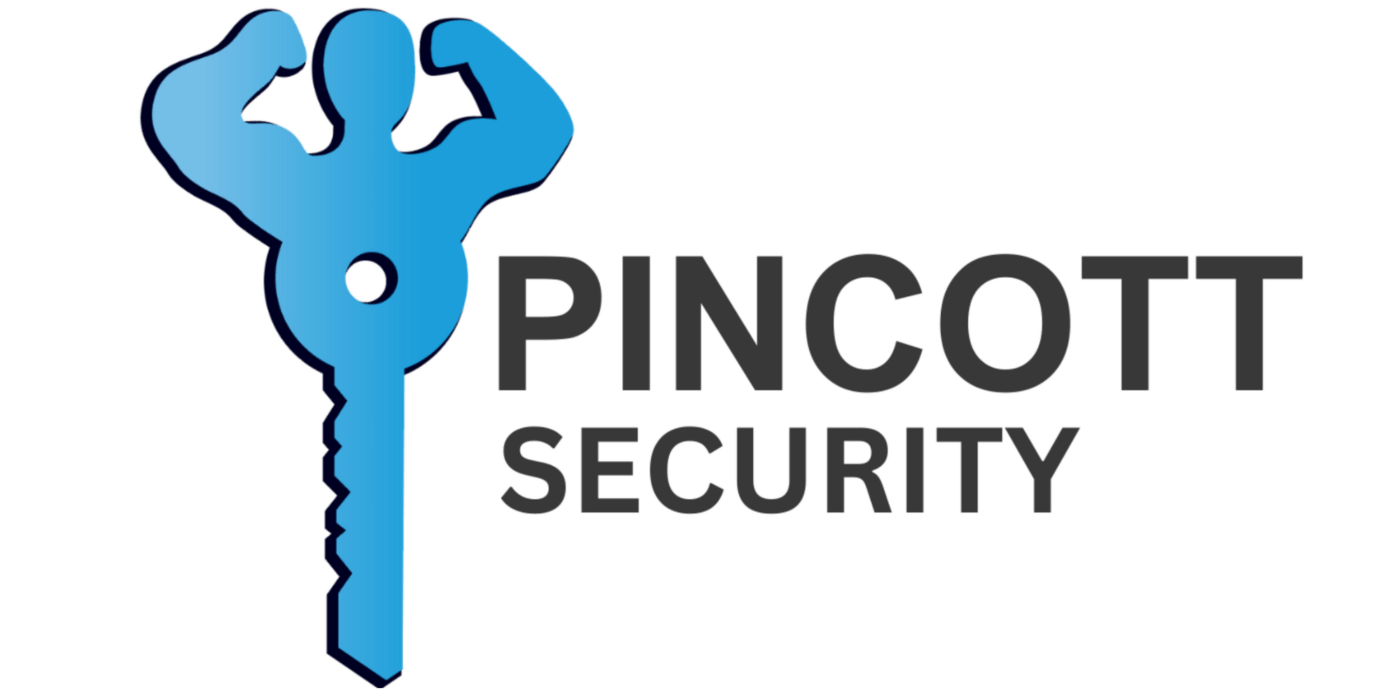We all have items that are extremely valuable to us. Whether these are pieces of rare jewellery in our home, or vital data for our business, we need to protect them. And the best way to keep these items from harm is to store them in a safe.
Safes, as their name implies, should protect their contents, and be rigorously tested and certified to ensure they do. However, there are a huge variety of safes on the market, ranging from tiny boxes to huge vaults and not all of them protect equally.
What follows is our guide to buying a safe, including what to look for and how to determine what you need.
The first thing to ask yourself is what items you want the safe to protect – whether these are jewellery, documents, computer data or even firearms. Each item can be protected by a different safe with has specialised characteristics and it is important to get the right one for your requirements.
Safes which are designed to hold valuables, such as jewellery and cash, are rated by the recommended maximum value of the items that should be stored in the safe. Obviously the higher the rating, the more expensive it will be, but your items will be more secure as a result.
Your security company should be able to help you choose a safe that is appropriate for your needs. Do make sure that your safe is rated and has been approved by a test laboratory. Unrated safes may be produced in countries which do not conform to high manufacturing standards and you may be getting a raw deal.
Document safes are designed to protect your vital papers from fire and these undergo rigorous testing to ensure that the internal temperature of the safe does not exceed 350°F. As the charring point of paper is 405°F, this prevents your documents suffering damage. These safes carry a rating that indicates the amount of time that they protect the documents from a fire. Obviously, longer protection comes at a higher price.
It is important to note that these safes are not primarily designed to protect against theft. In fact, many of them do not come with pre-drilled holes for anchoring the safe, as these holes would allow a fire access to the internal contents. If you also need theft protection for your documents, then you should look for a safe that combines both security and fire resistance features.
However, a standard fire resistant safe will not protect your computer media. Most computer disks will not withstand temperatures that go above 125°F. So these require a more specialised piece of equipment, known as a data safe, which can maintain a very low internal temperature. Like document safes, these are also rated by the amount of time that they can protect their contents from fire.
But data safes do not just protect their contents against heat. They also shield against humidity, liquids, magnetic contamination, dust, and smoke all of which can destroy electronic components and computer disks. This is especially important when one considers that water is the usual method of extinguishing a fire. So, unless your disks are in a data safe, if the fire does not destroy them, then the fire fighters will.
Gun safes, which are a legal requirement for all firearm owners, have a variety of different features as the gun safe market is extremely competitive. What you should be looking for is that the safe you are buying is tested and approved by a reputable institution such as Underwriters Laboratories.
Gun safes should be comprised of solid steel to offer the best protection, so beware of manufactures that advertise safes with “composite material.” These will often be a sheet steel wrapped around wood or similar material.
Once you have decided on the type of safe you need it is time to look at two other important features: size and weight.
When you buy a safe make sure you get one that can contain all the items you intend to keep in it. This is especially true with data and document safes which, due to their fire protection linings, often have smaller internal dimensions than other safes.
Obviously, the larger the safe is, the heavier it will be, so choose a location for it which can support its weight. This is especially true if you intend putting the safe on an upper floor.
Safes, especially anti-theft safes, need to be correctly installed in order, to provide the maximum protection. This is best done by your security company and they should conduct an onsite visit to advise you of the best location. The safe should be securely bolted to the wall, or floor, to prevent easy removal.
Remember, your safe is there to provide essential protection for your most treasured assets. Any old metal box will not do the job. Get some professional advice and buy a tested and certified safe that suits your requirements.
It is far better to do so now, than to be looking at an empty box, wondering how you are going to replace the contents.
PINCOTT SECURITY Ltd
Contacts:
Sales Department:
Email: sales@pincottsecurity.com
Tel: 2133 0200
Account Department:
Email: account@pincottsecurity.com
Tel: 2131 1683
Servicing Department:
Email: servicing@pincottsecurity.com
Tel: 2133 6093
Managing Director:
Email: anthony@pincottsecurity.com
address
185, Triq D’Argens, Msida, MSD1360 Malta
